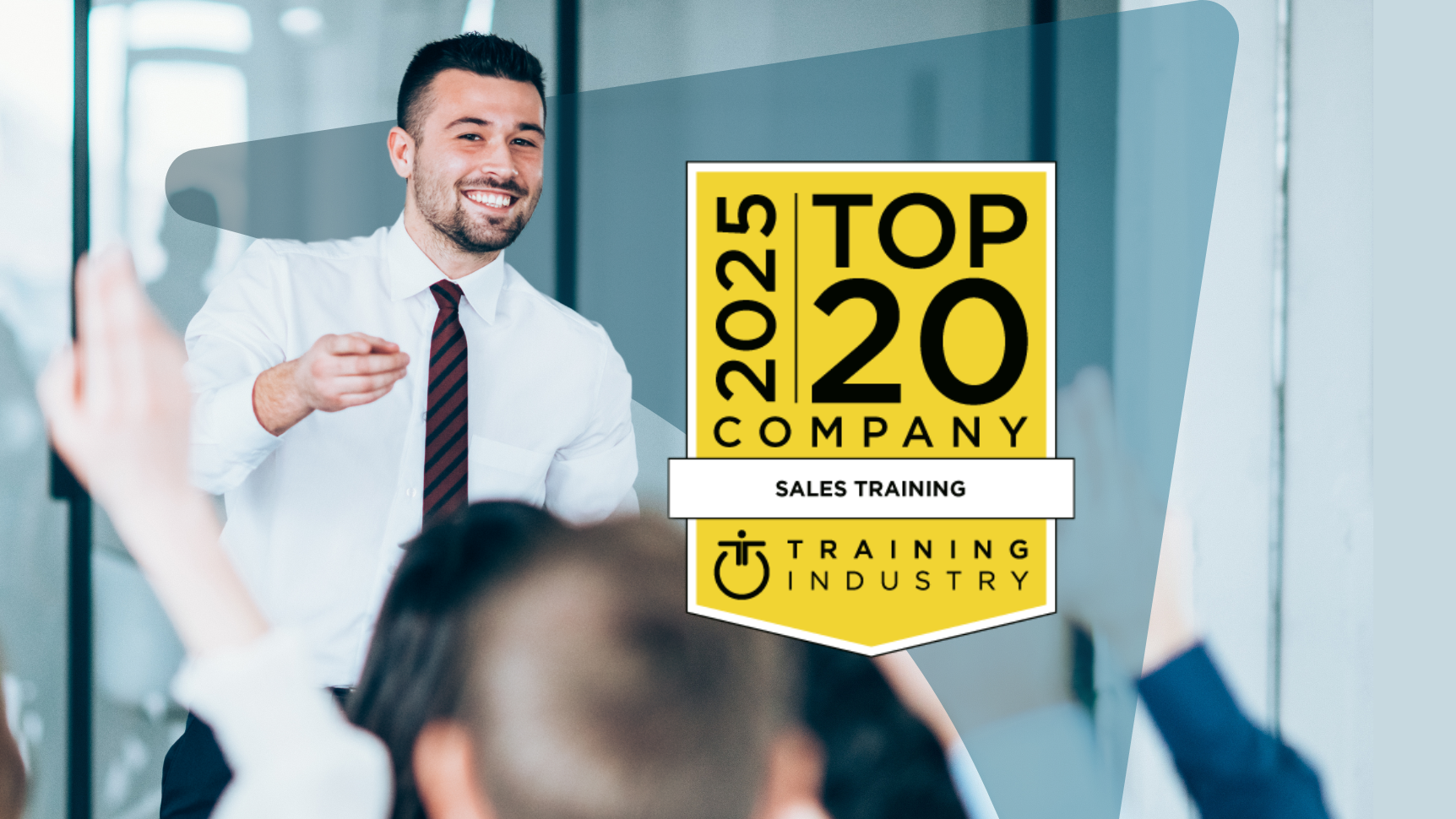Are you convinced that coaching is a waste of time because it doesn’t move the needle on performance? If so, then inadequate coaching is to blame. Candidly, it’s bad coaching, but ‘inadequate’ takes away some of the sting. If you’re passionate about growing and developing others through effective coaching, then here’s what your team is doing wrong and why you aren’t getting results.
1. Referring to Performance Management as Coaching
Performance management is driving employee conduct through metrics. For example, having a conversation because your absenteeism is high, is performance management not coaching. To put someone on a PIP is performance management, not coaching.
Coaching is partnering with your staff to improve future employee performance. For example, asking open-ended questions that drive your staff to self-discovery, is coaching. Having a conversation about development areas that address specific behaviors unique to that person, is coaching. The danger of calling everything “coaching” is that it can start to have a negative connotation and “getting coached” feels punitive. It’s also confusing to call everything you do “coaching.”
2. Failure to Root Cause Behaviors
I’m going to bet that most supervisors have not used the words root, cause, or analysis in the same sentence when discussing development of their teams. However, completing a root cause analysis is a critical step in identifying the source of many performance challenges. The metric is not enough—there could be several reasons for the outcome you are seeing.
If Sally has a low CES, you need to ask WHY her score is low and you need to ask WHY at least 5 times. I know you’re thinking, I can’t afford to spend that much time doing all of that? And my response to that is, you can’t afford not to. Sally’s low CES could be related to not being properly trained on a process, not feeling empowered to provide solutions to her customers and over relying on company policy, or a slow computer processor that results in calls taking longer. If you are not root causing, then you risk fly-by-the-seat-of-your-pants coaching that—at best—addresses the wrong root cause, and wastes both the coach’s time and that of the employee. At worst, the coach actively disengages the employee and ultimately hurts their performance.
3. Over Relying on Scheduled Coaching
Did you know that there are 2 types of coaching, scheduled and integrated? Scheduled coaching is an opportunity to level set the development focus for the staff and the supervisor. It’s a time for a “handshake on development” to gain agreement on 2-3 specific development opportunities that should be the focus for the foreseeable future. The problem with scheduled coaching is these conversations don’t happen, and this can result in a 5% negative impact on overall team performance.
Supervisors should be spending 25% of their time in scheduled coaching and the remaining 75% in integrated coaching. Integrated coaching is where the REAL learning happens. It’s the supervisor’s responsibility to find time to observe staff day-to-day and give them feedback on the 2-3 development opportunities agreed on during scheduled coaching. Giving feedback in the moment is very powerful. This feedback can be positive or constructive, but it needs to happen as close to the observable behavior as possible to have the greatest impact.
Now you know that performance management is not coaching, root causing is non-negotiable, and integrated coaching is a key element to coaching. When you weave together these strategies, you create a powerful coaching framework that will drive true performance gains for your organization while also boosting employee engagement. Talk about a win-win!
Challenger, Inc.
Challenger is the global leader in training, technology, and consulting to win today’s complex sale. Our sales transformation and training programs are supported by ongoing research and backed by our best-selling books, The Challenger Sale, The Challenger Customer, and The Effortless Experience.
More from our blog
Challenger’s guide to sales transformation
Key takeaways Challenger’s approach to driving predictable revenue and sustainable growth is known as commercial transformation Transformation goes…
Strengthen Your Coaching Skills with Challenger’s PAUSE Framework
There’s only one seller productivity investment endorsed as more important than all others by Matt Dixon and Brent Adamson, authors of “The…
Richardson and Challenger named a Top 20 Sales Training Company
Richardson and Challenger celebrate its selection today as one of Training Industry’s 2025 Top 20 Training Companies™ for the Sales Training and…
What are you waiting for?
Transform your sales team.
The best companies grow, and grow fast, by challenging customers, not by serving them.



